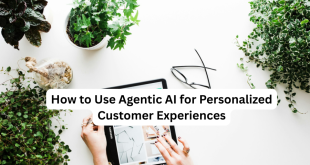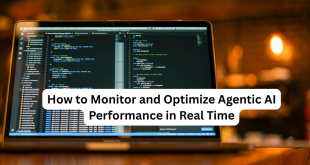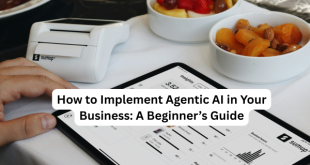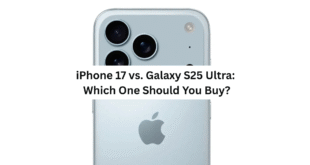Artificial Intelligence (AI) is no longer just a futuristic concept — it’s transforming the way we create, consume, and interact with content. From AI-generated music to digital artwork and even screenplays, the creative industries are being reshaped by this powerful technology. In this article, we explore the rise of AI-generated content, its impact across various creative fields, and what it means for artists, consumers, and businesses alike.
🧠 What is AI-Generated Content?
AI-generated content refers to any form of text, image, video, music, or multimedia created using artificial intelligence algorithms. These systems learn from vast amounts of data and can mimic human creativity in remarkable ways. Common tools include:
- ChatGPT & Gemini – for writing
- Midjourney & DALL·E – for digital art
- Soundraw & Amper Music – for AI-generated music
- Runway ML & Pika – for video editing and generation
💡 Tip for Creators: Many of these tools offer free versions or trials, making them accessible for indie artists and hobbyists.
🎨 How AI Is Changing Visual Art
AI-generated art has become mainstream thanks to platforms like Midjourney and DALL·E. These tools allow users to describe what they want in plain text — and the AI generates stunning visuals in seconds.
Benefits:
- Quick ideation for concept artists and designers
- Democratizes art creation for non-artists
- Offers limitless creative combinations
🎵 The Rise of AI in Music Production
With tools like Aiva, Soundraw, and Boomy, musicians and producers are now using AI to generate beats, melodies, and even full compositions. Some artists use AI to inspire new sounds, while others create entire tracks with minimal input.
Benefits:
- Fast prototyping for soundtracks and ads
- Royalty-free music creation for content creators
- Expands accessibility to music-making
📝 Writing, Scripts, and Storytelling with AI
From blog posts to novels and screenplays, AI is already helping writers create content faster and with fewer barriers. AI writing assistants like ChatGPT, Jasper, and Writesonic are widely used by bloggers, marketers, and even journalists.
Benefits:
- Boosts writing speed and productivity
- Assists with brainstorming and outlining
- Enables non-writers to create polished content
📹 AI in Film and Video Editing
Filmmakers are increasingly turning to AI for editing, effects, and even script generation. Tools like Runway ML and Pika Labs offer AI-powered video creation, motion capture, and scene editing.
Benefits:
- Reduces post-production time
- Helps with low-budget visual effects
- Can create synthetic actors or voiceovers
📈 Monetizing AI-Generated Content
Whether you’re a solo creator or part of a larger team, AI can help you generate more content in less time, allowing you to monetize through:
- YouTube: Create explainer videos with AI narration and animations
- Blogging: Use AI writing to create ad-friendly articles quickly
- E-commerce: Generate unique product descriptions or visual ads
- NFTs & Digital Art: Sell AI-generated artwork online
🤑 AdSense Tip: Focus on E-E-A-T (Experience, Expertise, Authoritativeness, Trust) in your content to increase AdSense earnings.
⚖️ Ethical and Legal Considerations
As AI continues to blur the line between human and machine creativity, questions arise:
- Who owns AI-generated content?
- Is it ethical to profit from AI art?
- How does AI affect jobs in creative fields?
Creators must stay informed and ensure they’re using tools responsibly, especially when training models or publishing AI-created works.
🚀 Final Thoughts: The Future of Creativity with AI
AI-generated content is not a threat — it’s a tool. When used correctly, it can amplify human creativity, open new artistic frontiers, and empower more people to become creators.
Whether you’re a designer, writer, filmmaker, or marketer, embracing AI could be the smartest move you make this year.
 UBUCH ubuch | Honest Tech Reviews & Tutorials for Everyone
UBUCH ubuch | Honest Tech Reviews & Tutorials for Everyone




